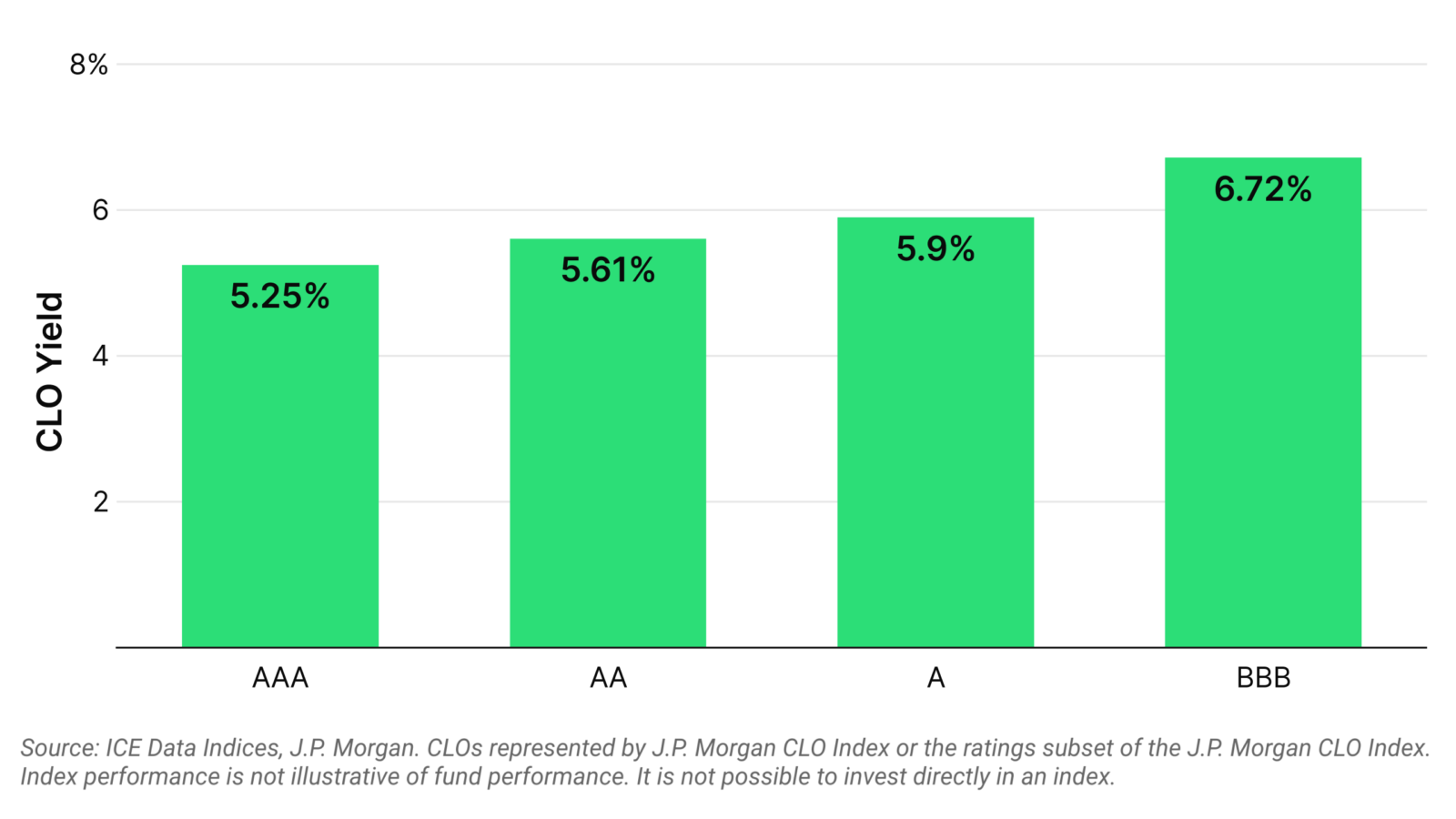Ben Franklin once wisely said, “An investment in knowledge pays the best interest.” Maybe not in 2025.
The price of private school tuition in the US reached all-time highs, with day schools costing nearly $50,000 annually, according to Bloomberg. Sure, schools delayed fee hikes during the pandemic, but much of the increase can be chalked up to inflation boosting the cost of school materials and teachers’ salaries. The hits keep coming when kids get to college with the average private university setting students who live on campus back nearly $60,000 a year, according to the Education Data Initiative.
It may be a good time to sing the praises of those all-important 529s.
After L.A. Fires, Advisors Help Clients Rebuild Their Financial Lives

As life returns to normal following the devastating Los Angeles wildfires last month, the work is just beginning for financial advisors.
From securing temporary housing, setting up P.O. boxes and filing insurance claims, advisors are helping clients weather immediate needs while staying the course toward retirement. It’s a difficult balancing act that requires making significant portfolio changes in the short term, and updating financial plans for the future. “You never plan to have your house burned to the ground,” said Katy Song, a CFP and chief financial planner at Domain Money, who works with impacted clients as well as families that lost homes during the Tubbs Fire near Santa Rosa, California, in 2017. She said it took them the better part of three years to get back on their feet.
“The most important thing is to find a place where you can live, where you can think, and where you can just breathe,” she told The Daily Upside. “Because you’ve got some really big decisions to make.”
Trial by Fire
While it’s hard to imagine the impact of the fires that destroyed more than 18,000 homes and buildings, the most pressing concern for clients is often cash flow, said David Askew, a CFP and managing director with Mercer Advisors. He works with about a dozen clients who were permanently or temporarily dislocated and are now facing new costs of rental homes on top of monthly mortgages. Likewise, car payments are due for damaged vehicles, while clients pay for rentals, and it could be months before insurance benefits kick in.
“Clients were focused on tax efficiency and appreciation pre-fire,” Askew said. “Now, it’s much more about income.” His firm pivoted his high-net-worth clients to more dividend-focused approaches that pay out monthly, or private investments, like real estate investment trust, or oil and gas partnerships that offer cash distributions.
A useful exercise for more affluent clientele is to map out a client’s full balance sheet, Song said. Check out all possible avenues for additional income, like reasonably priced lines of credit, or disaster-relief early distributions from 401(k) accounts. Clients may even be able to take out loans of up to $50,000 against retirement accounts, and although clients will have to pay interest, they’re essentially paying it back to themselves, she said.
Human Resources. To help, Mercer launched a microsite with important information for impacted clients, like how to get new copies of marriage or birth certificates, or documents that break down county tax codes, Askew said. Hundreds of people have accessed the site and about two dozen folks reached out for pro-bono planning.
Simply listening to clients also goes a long way to ease their fears and help them keep their eyes on the future, Song said. “Getting through this trauma helps build a better relationship,” she said. “Sometimes, people are just looking for an empathetic hug.”
Identifying Value (and Higher Yields) with CLOs

For many advisors, collateralized loan obligations check many of the key boxes when allocating for clients:
- Attractive cash yields — 5.25% within the AAA tranche, and 6.72% for BBB.
- Diversification — the pooled structure protects against single issuer risk, with default rates baked into expected yields.
- Lower Interest Rate Sensitivity — with rates tied to benchmarks such as SOFR and Euribor, CLOs can be a healthy tactic within a diversified strategy.
Advisors newer to the asset class tend to gravitate to AAA-rated CLO tranches due to their perceived safety, but this approach could be leaving returns on the table.
If History Can Tell Us Anything: Over the past decade, Single A CLOs have outperformed AAA CLOs by 142 basis points per year with lower volatility than investment-grade corporate bonds. BBB CLOs, meanwhile, provide a 147 bps yield pickup over AAAs while offering higher credit quality than high-yield bonds.
Active tranche management is key to navigating these nuances and finding relative value within CLOs.
Looming Advisor Shortage Could Top 100K Over Next Decade
Call in the reinforcements.
The wealth management industry is facing an upcoming advisor shortage, and it could be worse than first expected. While the workforce has grown 0.3% annually over the past decade, it’s projected to sink 0.2% per year moving forward, according to a McKinsey & Co. report this week. As retirements outpace the number of new recruits, the industry could dwindle by 100,000 advisors come 2034. That could leave thousands of Americans without proper financial planning, even as the number of wealthy households ticks up and investors become more willing to pay for financial advice.
“Advisor headcount is projected to go down, and that was not the case before,” said McKinsey associate partner Vlad Golyk. “The industry finds itself at a point where it needs to act now.”
Supply and Demand
The problem is that 110,000 advisors — around 38% of the workforce managing 42% of industry assets — are expected to retire in the next decade. To fill those seats, the industry would need to bring in 30,000 to 80,000 new advisors over the next 10 years. Just 8,000 have joined over the past decade.
But it’s not all doom and gloom. The number of households with at least $500,000 in investable assets will increase by as much as 5% per year through 2034, according to the report. The research also found clients are willing to pay top dollar for advice:
- The share of investors seeking more than just portfolio management, like tax and estate planning, grew to 52% in 2023 up from just 29% in 2018.
- Nearly 80% of wealthy households would pay a premium of 50 basis points or more for human advice rather than low-cost robo-advisors, per McKinsey.
“You’re going to have fewer advisors, more of them are going to be older, and productivity gains will be smaller,” Golyk told The Daily Upside.
Requesting Backup. Though the industry is hiring younger talent, training programs often have high dropout rates, Golyk said. A big issue is that the industry doesn’t offer the mouth-watering salaries that appeal to recent college graduates, who often gravitate toward jobs in investment banking or on trading desks instead. The sales-based commission model can also be a turnoff.
Firms stand to benefit from reevaluating the role of an advisor, especially as clients look for services beyond just portfolio management. “Think of it more like a financial coach, and you’ll attract a broader set of creative ideas and talent,” Golyk said.
ETF Issuers Scamper to File for Altcoins Funds

Thousands of altcoins are just waiting for the light to turn green.
The Securities and Exchange Commission has received at least a dozen requests from issuers looking to launch funds that track so-called altcoins that have smaller market caps and generally much larger price swings. If any get the OK, it could pave the way for funds that hold everything from Tether, DOGE, and even (sigh) Fartcoins.
The funds aren’t expected to be a game changer for crypto-first clients, but they could offer diversification in a broader bitcoin portfolio, or at the very least, open up an easy avenue for them to dabble in the growing world of altcoins.
Extra Upside
- Leaving the Castle: Bob Oros to step down as Hightower CEO, replaced with former Goldman exec Larry Restieri.
- Take it Outside. LPL program will allow advisors to custody client assets with Charles Schwab
- CLOs Can Give a Structured Win. With high cash yields, strong credit quality, and minimal defaults (just a 0.3% in investment grade default rate all-time2) advisors should be considering CLOs for client portfolios. Join this webinar from VanEck to learn how a CLO strategy beyond AAA CLOs can provide enhanced income potential without significantly more risk.*
* Partner
ICYMI
- It’s Gonna be Yuge. Can Trump Media’s ETFs hold their own against BlackRock, Vanguard, and more?
- In the House. Hybrid work helps firms attract and retain top talent.
- Quiver Full of Arrows. Robinhood’s massive user base spells good news for the company’s robo-advisor.
Advisor Upside is edited by Sean Allocca. You can find him on LinkedIn.
Advisor Upside is a publication of The Daily Upside. For any questions or comments, feel free to contact us at advisor@thedailyupside.com.
Disclaimer
Investing involves substantial risk and high volatility, including possible loss of principal. Visit vaneck.com to read and consider the prospectus, containing the investment objective, risks, and fees of the fund, carefully before investing. VanEck mutual funds and ETFs are distributed by Van Eck Securities Corporation, Distributor, a wholly owned subsidiary of Van Eck Associates Corporation
1 Source: ICE Data Indices, J.P. Morgan. CLOs represented by J.P. Morgan CLO Index or the ratings subset of the J.P. Morgan CLO Index.
2 Source: S&P Global, “CLO Spotlight: Thirty Years Strong: U.S. CLO Tranche Defaults From 1994 Through First-Quarter 2024.”

